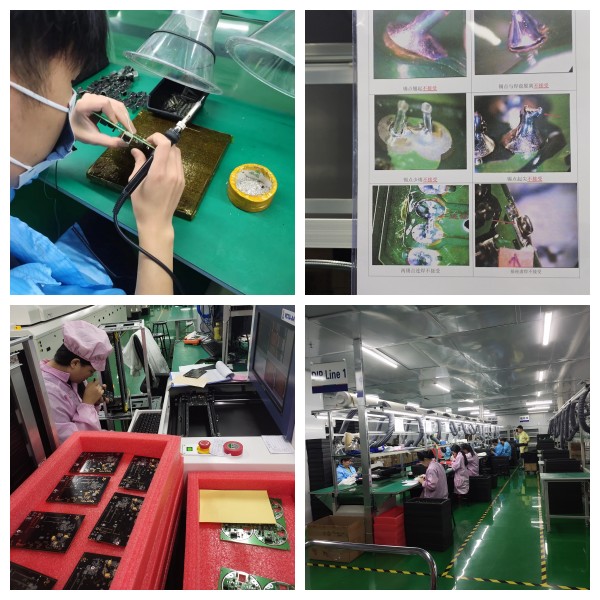Categories
In the production and processing of SMT , various faults of circuit boards are often encountered, so what are the common ones?
1. Weld failure
Soldering problems account for the majority of PCB defects in SMT factories . Working with tiny components on a pcb board makes the soldering technique more challenging. However, we can reduce welding failures during the design stage and during the welding process. The following are some typical welding defects:
Pads, open joints, also known as "dry joints" , often result when your solder fails to properly connect with a given contact point . An open joint may not always result in a circuit failure since solder may cause poor or sporadic contacts. Physical bending or movement, wrong soldering temperature, wrong design or manufacturing process, shock during use or shipping, and movement can cause the joint to crack.
2. Temperature failure
The handling of printed circuit boards in SMT processing may be degraded by the temperature during storage and connection to components. Parts or joints may crack or fail due to temperature extremes or significant temperature changes. Many assume maximum or minimum safe temperatures without considering temperature changes during use or storage. Temperature changes can cause expansion and contraction to be too rapid, leading to premature failure of the PCB .

3. Electroplating failure
Electricity is carried from one side of the board to the other through the holes. During the SMT manufacturing process, engineers plate the walls of the holes. During this time, the operator deposits copper on the header section to establish conductivity relative to the top. Improper copper deposition can lead to plating voids, leaving wall areas without copper coating. We can attribute this to contaminated material, air bubbles, contamination occurring in the pores, and other related causes. You can stop this by following the manufacturer's instructions and cleaning the device properly as directed.
4. EMC failure
We relate Electromagnetic Compatibility (EMC) and Electromagnetic Interference (EMI) to the PCB manufacturing process. The latter refers to the harmful effects of EMC , while the former is generally used for the generation and transmission of electromagnetic radiation. These problems can be caused by design errors, but we can quickly solve them by reducing the ground area of the board.
5. Non-wetting failure
PCB surface treatment can significantly affect solder reflow and the amount of wetting that occurs. Solder reflow is more challenging in SMT houses due to poor surface preparation and a large number of exposed bare boards and poor adhesion to PCBs . Additionally, longer storage periods make soldering more challenging and increase the risk of non-wetting. In most cases, there is a direct relationship between solderability and plating thickness. The plating required for optimal solderability may deteriorate during long-term storage. Therefore, PCBs that have been stored for about a year or more may be more prone to non-wetting and poor solderability.
Send Your Inquiry to Sales@ucreatepcb.com, we will quote you in 2 hours!